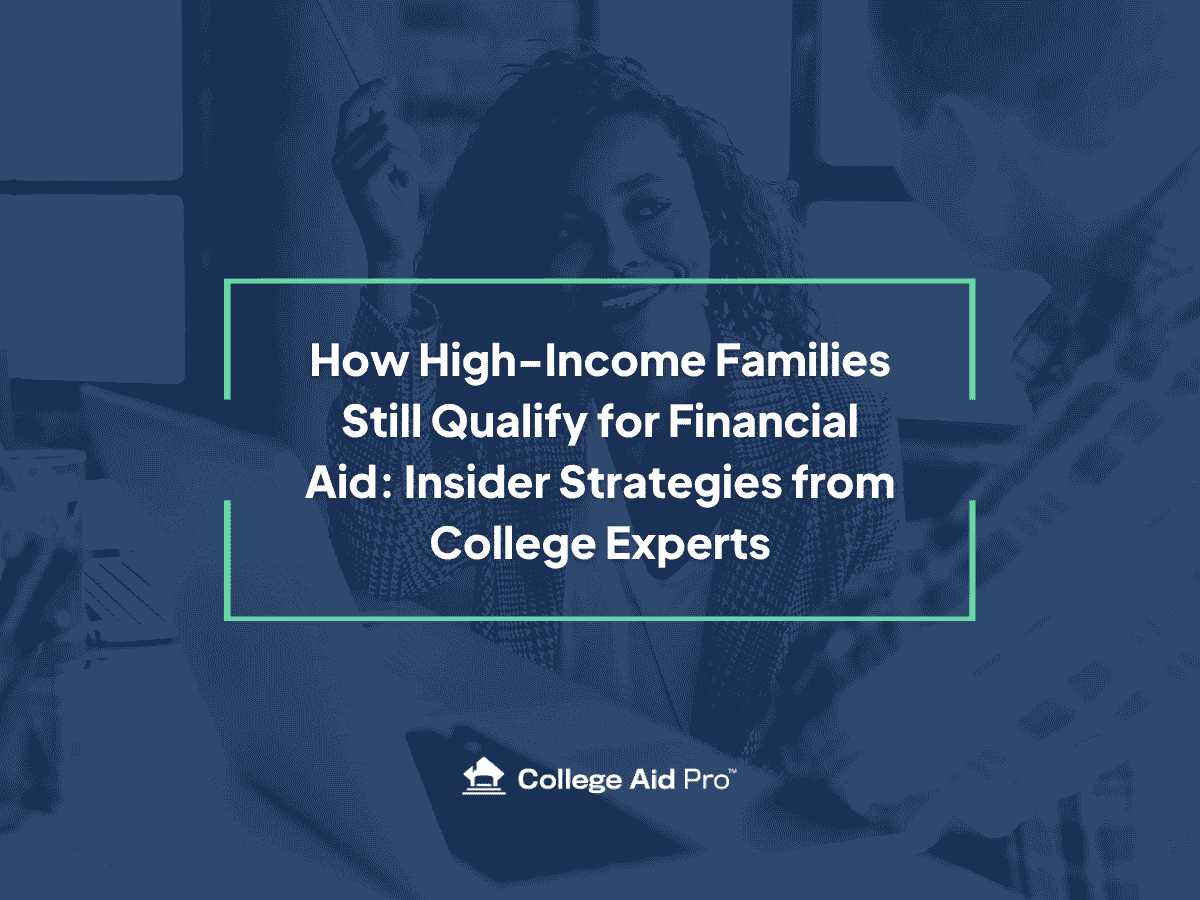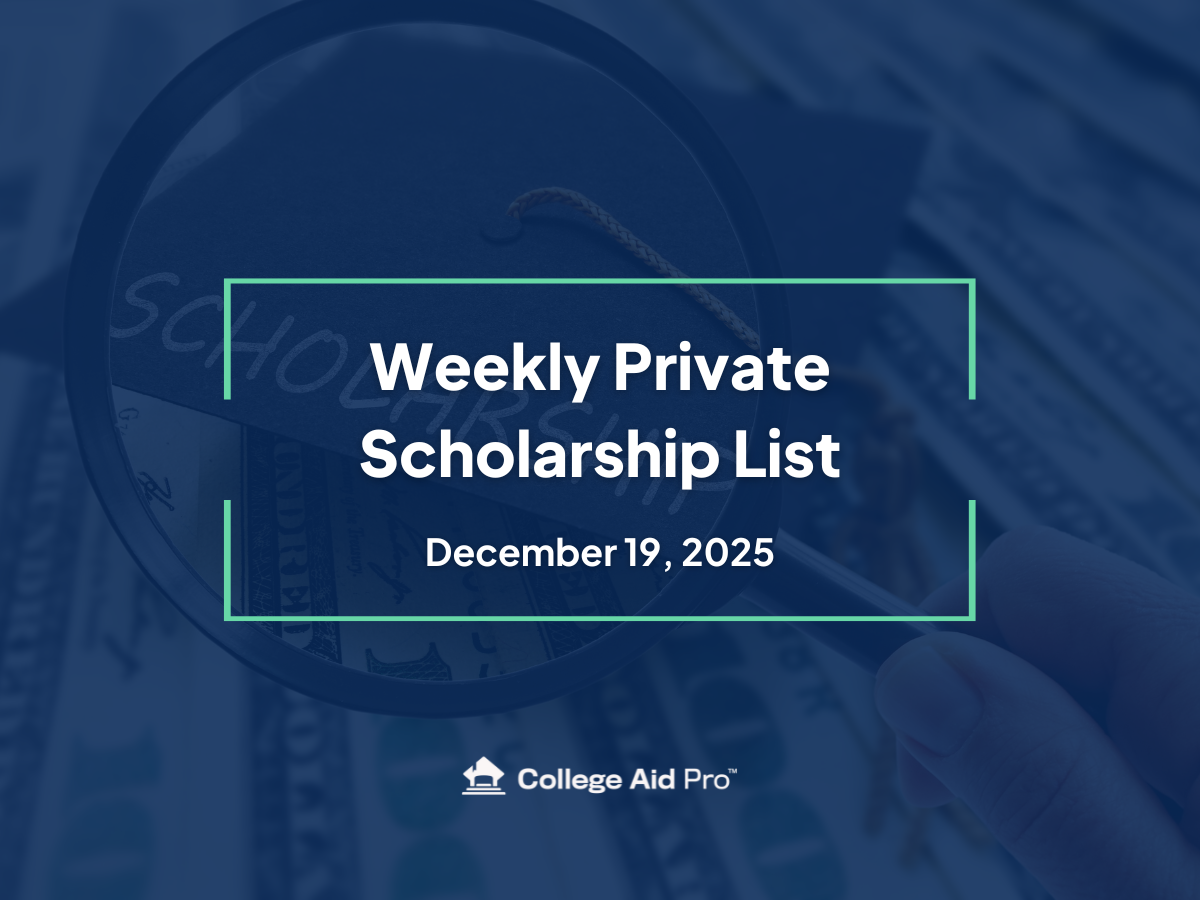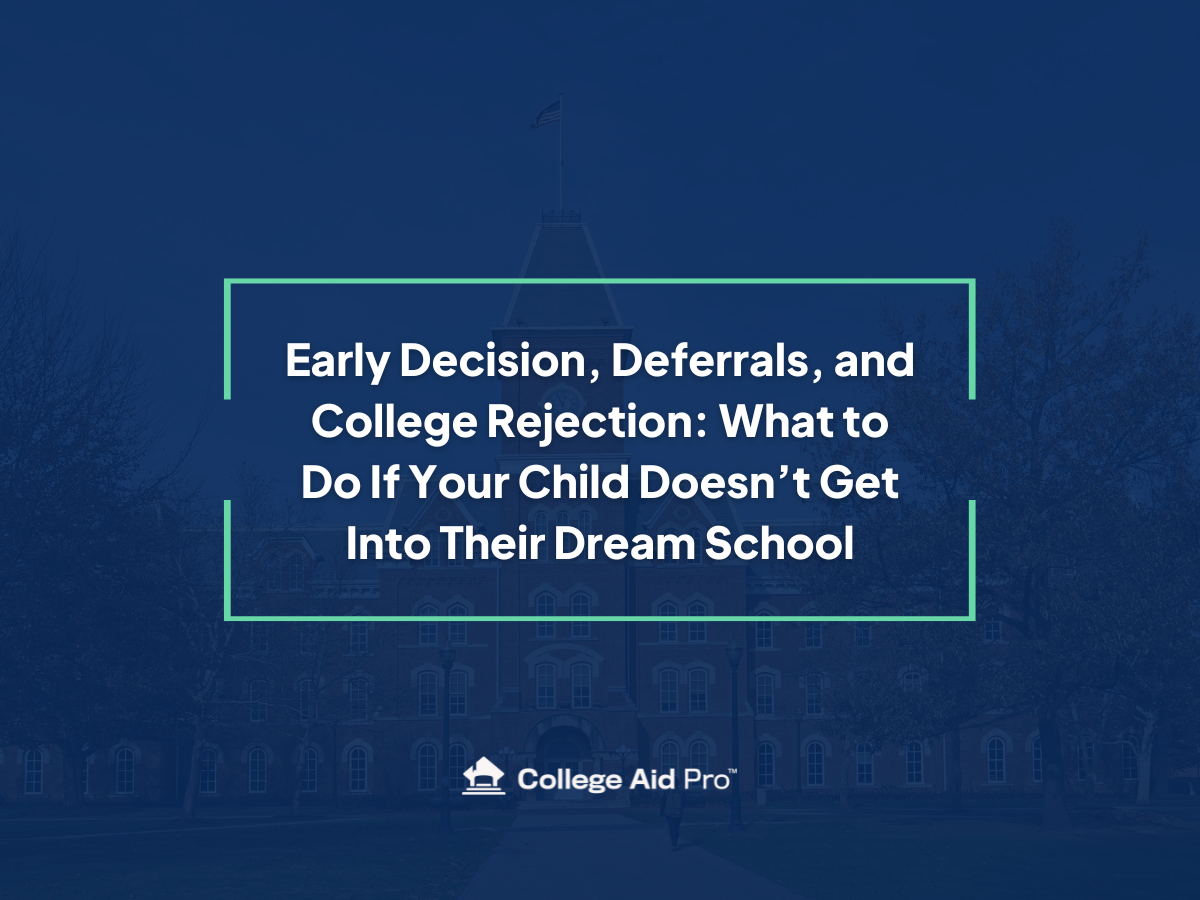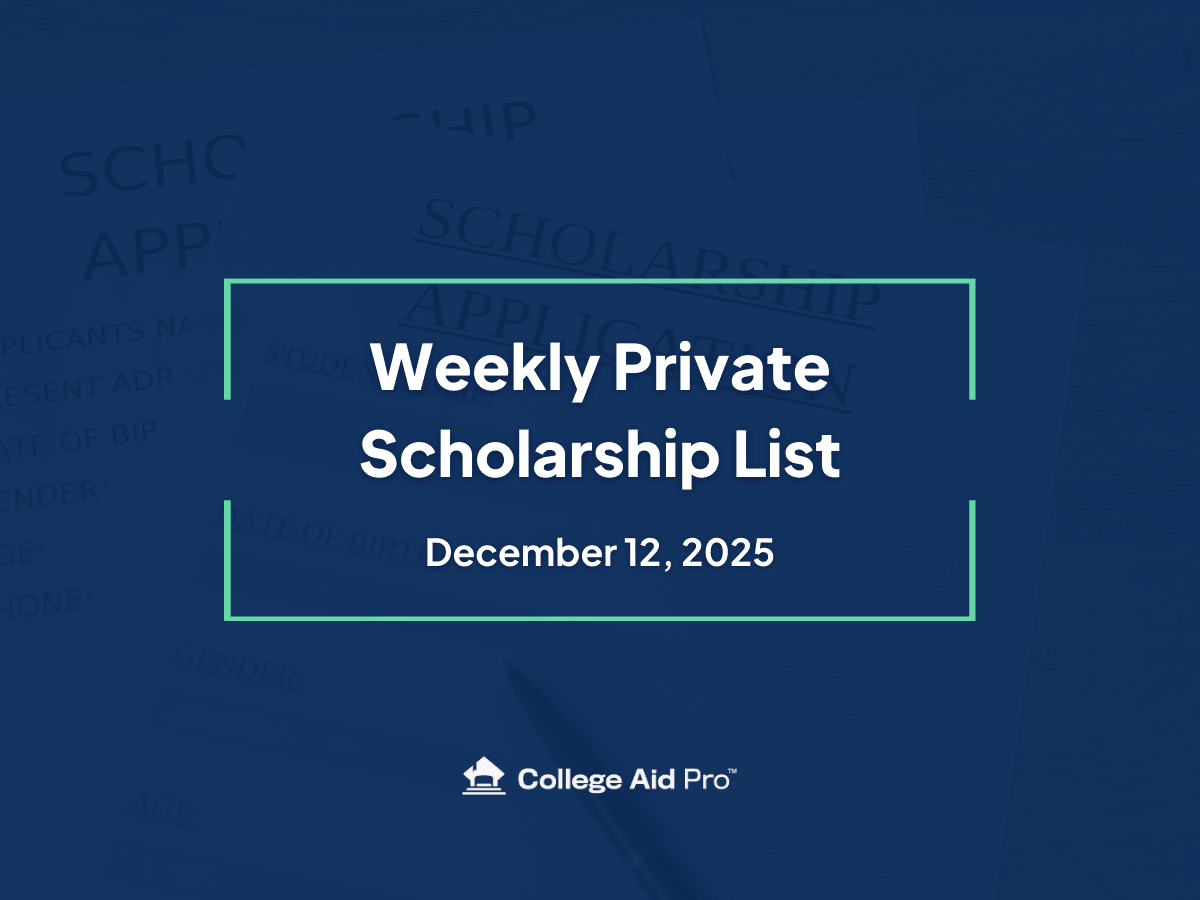How High-Income Families Still Qualify for Financial Aid: Insider Strategies from College Experts
Most families assume that if they earn a high income or have significant assets, they won’t qualify for any financial aid. But according to College Aid Pro’s Kevin Murphy and Matt Carpenter, that assumption could cost you tens of thousands of dollars.
In a recent episode of the College! podcast, Matt and Kevin broke down real-life case studies that prove financial aid isn’t just for low- or middle-income families. They shared powerful insights about how college financial aid formulas really work — and how to avoid leaving money on the table.
💡 Myth #1: High-Income Families Don’t Get Financial Aid
Kevin Murphy started with a surprising story: a family earning over $420,000 per year received $30,000 in need-based aid from Worcester Polytechnic Institute (WPI).
How? Because their younger child attended a private high school — an expense that’s actually factored in at certain schools using the CSS Profile, a more detailed financial aid application than the FAFSA.
“When you’re paying for private school, many CSS Profile colleges give you an allowance for that,” Kevin explained. “That can make a big difference in your eligibility.”
Matt added that some families earning $600,000+ with multiple kids in college at once also receive significant need-based aid — sometimes from prestigious schools like Holy Cross, Boston University, and Emory.
The takeaway?
Don’t disqualify yourself before you apply. Colleges use complex formulas that go far beyond income alone. Applying gives you the chance to be considered for institutional (need-based) aid and potential merit awards.
💬 FAFSA vs. CSS Profile: Why It Matters
The FAFSA (Free Application for Federal Student Aid) is the standard form used by most colleges to determine eligibility for federal and state aid.
But about 200–250 schools, often elite private universities, also require the CSS Profile, which digs deeper into your finances — and gives colleges more flexibility to award their own institutional aid.
CSS Profile schools may:
- Consider private K–12 tuition expenses
- Offer discounts for families with multiple students in college
- Allow appeals for special circumstances
Matt emphasized that understanding each college’s “business model” is critical:
“These schools are private businesses. You have to know how they do business so you can plan strategically.”

🏛️ Myth #2: You Can’t Appeal a Financial Aid Offer
Think again.
Kevin and Matt shared multiple stories where families appealed — not “negotiated” — and won tens of thousands of dollars in additional aid.
One family at Middlebury College saw their financial aid award jump from $0 to $72,000 after appealing. Another at Boston College gained an extra $45,000 per year once the school realized they had misapplied their aid formula.
The key? Use the right language.
“If you call it a negotiation, you’re done,” Matt said. “Use the word appeal — that’s how colleges expect you to approach it.”
Appeals can be based on factors like:
- A recent job loss or income change
- Multiple children in college
- Divorce or remarriage
- A college’s calculation error
❤️ Financial Aid Tips for Divorced or Split-Household Families
Divorced or separated parents have unique opportunities — and pitfalls — when it comes to financial aid.
According to Kevin, the “custodial parent” (the one providing the most financial support) completes the FAFSA. That parent’s income and assets are what the college sees first.
“If you can, be strategic,” Matt added. “Have the parent with lower income and assets be the one providing more financial support. That can lower your student aid index and increase eligibility for aid.”
At CSS Profile schools, both parents may need to complete forms, but not all colleges handle it the same way. For example, Vanderbilt, University of Chicago, and Santa Clara University only require information from one household — which can make a big difference in affordability.
💼 What Business Owners Need to Know About the FAFSA
Business owners, this one’s for you.
A major FAFSA rule change now excludes business assets from consideration if you have fewer than 100 employees. That means your business value doesn’t count against you in the financial aid formula.
“If you own a small business, you’re putting a big fat zero on that FAFSA line,” Matt said. “You’re not being sneaky — that’s how the rules are written.”
For small business owners, that change can dramatically improve financial aid eligibility, especially when paired with smart income planning strategies.
🎯 The Bottom Line: Don’t Assume, Apply
Every family’s financial situation is unique. High income or large savings don’t automatically disqualify you from aid — especially when you:
- Apply to CSS Profile schools
- File financial aid forms every year
- Appeal when something looks off
- Understand how each college’s formula works
Matt summed it up best:
“When you don’t throw your hat in the ring, you guarantee you’ll pay full price. Apply — and let the colleges tell you no.”
🔁 Key Takeaways
- Apply for financial aid every year — even if you think you won’t qualify.
- CSS Profile schools often award need-based aid to high-income families.
- Use the word “appeal,” not “negotiate,” when asking for more aid.
- Divorced families should strategically decide which parent applies.
- Small business owners with <100 employees can omit business assets on the FAFSA.
📢 Ready to Save on College?
Explore your financial aid eligibility and learn how College Aid Pro can help your family create a smart, affordable college plan.
Schedule a Free Consultation with a CAP Expert today to learn more about our services!



